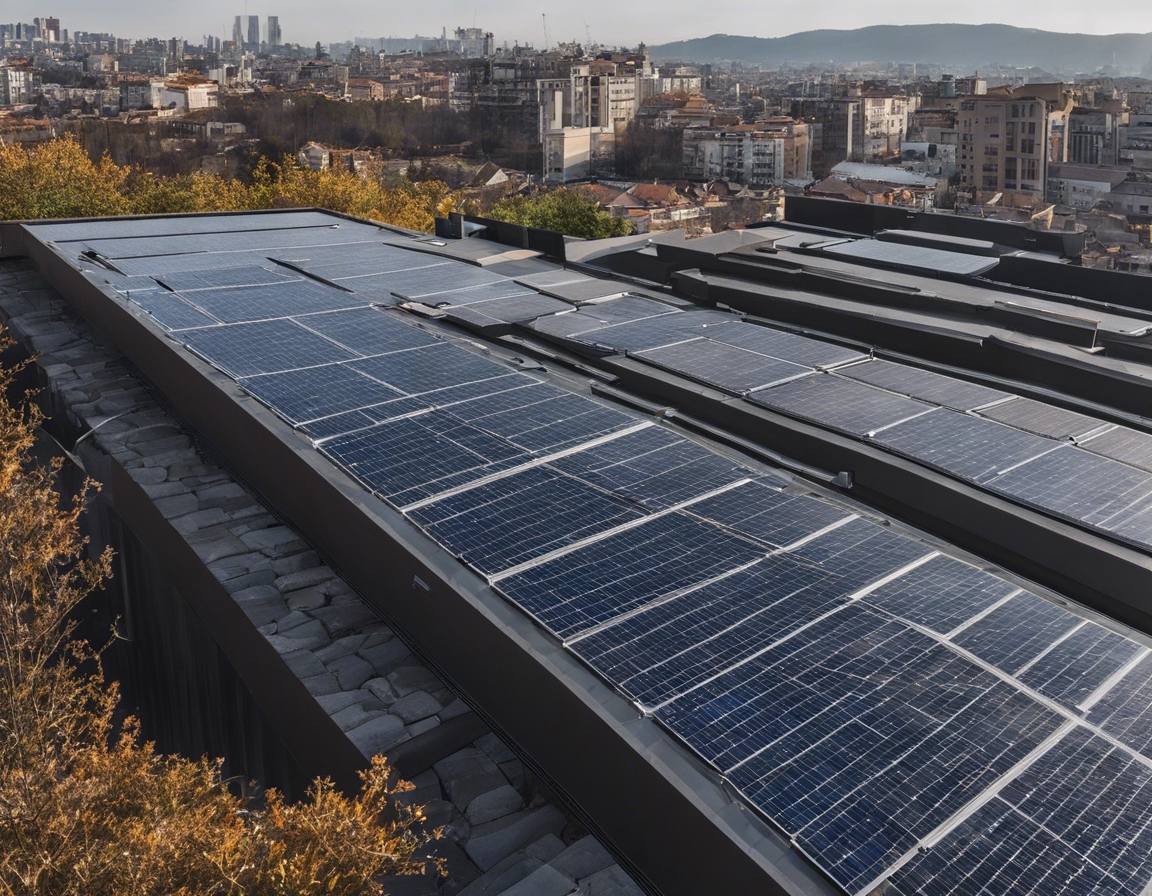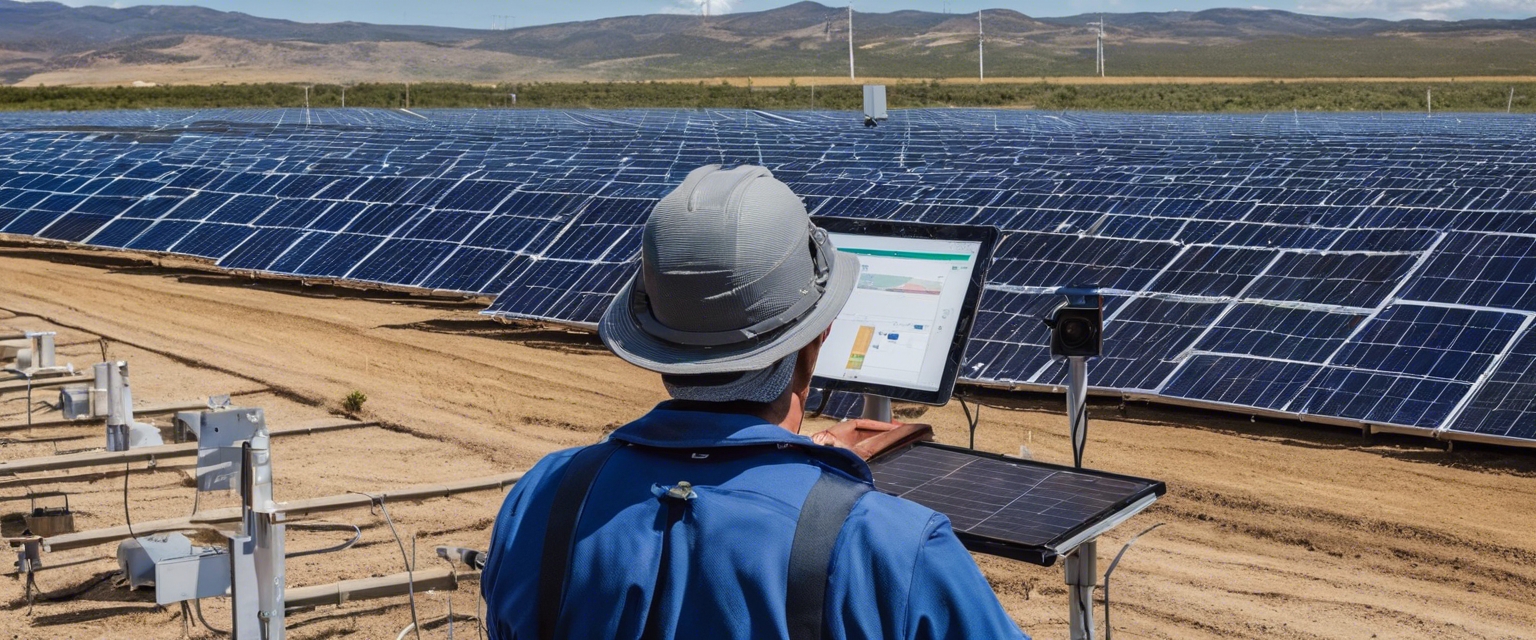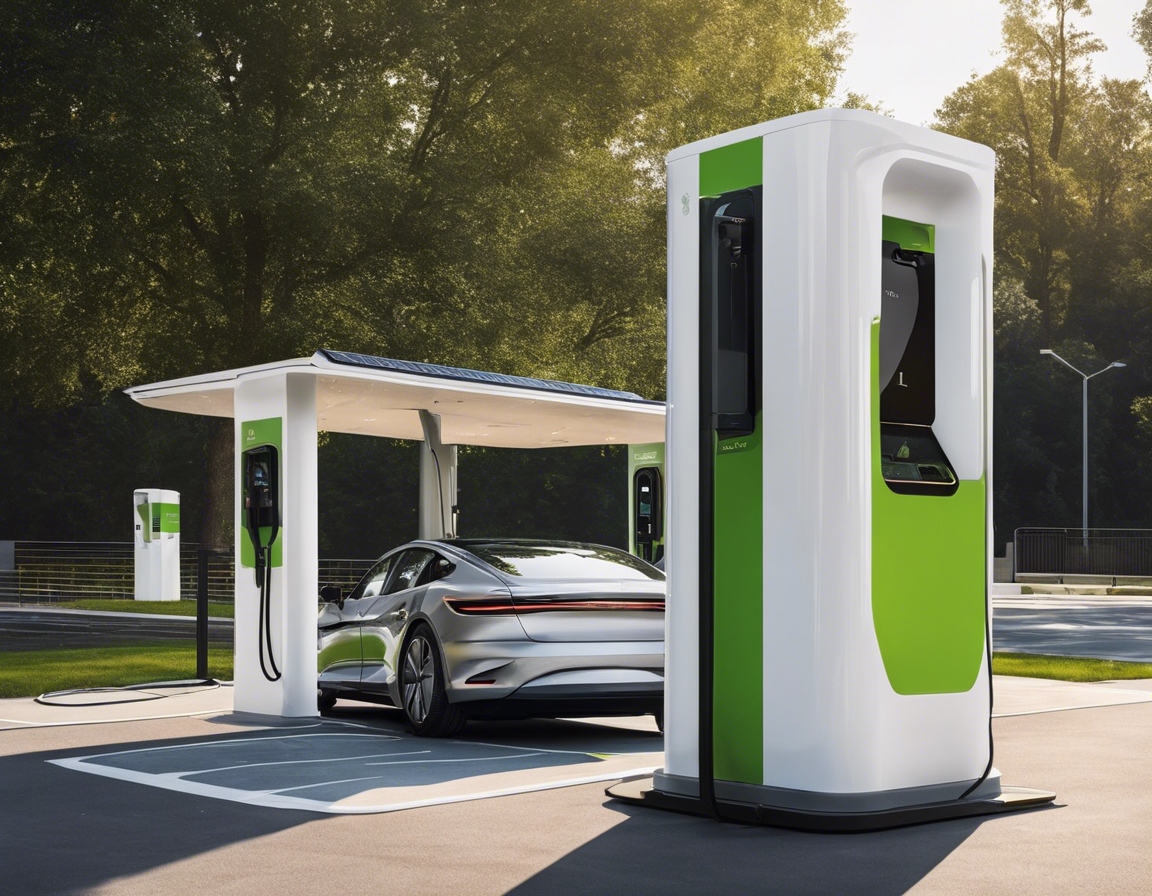The future of energy: how solar parks are changing the game
Solar parks, also known as solar farms or solar power stations, are large-scale photovoltaic systems designed for the supply of merchant power into the electricity grid. They are a critical component in the shift towards clean energy production, harnessing the sun's power to generate electricity without emitting greenhouse gases.
With the increasing demand for renewable energy sources, solar parks have become more prevalent. They represent a significant leap forward in the way we think about energy production, moving away from fossil fuels and towards a more sustainable and renewable energy source.
The Impact of Solar Parks on Energy Production
Solar parks play a vital role in the global effort to reduce carbon emissions and combat climate change. By providing a substantial amount of clean energy, they help to decrease the reliance on fossil fuels.
Technological advancements have made solar cells more efficient and less expensive, contributing to the feasibility and expansion of solar parks around the world.
The cost of solar energy has seen a dramatic decrease over the past decade, making solar parks a competitive alternative to traditional power plants.
How Solar Parks Work
Solar parks consist of high-capacity solar panels, inverters, mounting systems, and sometimes energy storage systems. These components work together to convert sunlight into electricity.
Photovoltaic cells within the solar panels absorb sunlight and convert it into direct current (DC) electricity. Inverters then convert this DC into alternating current (AC), which can be used to power homes and businesses or fed into the public grid.
Integration with the existing power grid is crucial for the distribution of solar-generated electricity. Solar parks often include infrastructure to ensure that the energy produced is compatible with grid requirements.
Benefits of Solar Parks
Solar parks significantly reduce greenhouse gas emissions, contributing to cleaner air and a healthier environment.
They offer economic benefits by creating jobs in the renewable energy sector and providing a stable, low-cost energy source for local communities.
Communities benefit from solar parks through local investments, increased tax revenues, and often through direct energy discounts or community-owned cooperative structures.
Challenges and Considerations
While solar parks are beneficial for the environment, they require significant land areas, which can lead to habitat disruption if not managed responsibly.
Despite the falling costs, the initial investment for solar park construction can be high, and technological challenges such as energy storage and efficiency still need to be addressed.
The development of solar parks is often influenced by government policies and incentives, which can either promote or hinder their expansion.
The Role of Solar Parks in the Future Energy Landscape
Solar parks are seen as a long-term solution to sustainable energy production, with the potential to provide a significant portion of global energy needs.
Continuous innovation in solar technology and energy storage is expected to further enhance the efficiency and reliability of solar parks.
As countries around the world commit to reducing carbon emissions, the role of solar parks in the energy mix is set to increase, with predictions of substantial growth in the coming decades.








Kommentaarid (0)